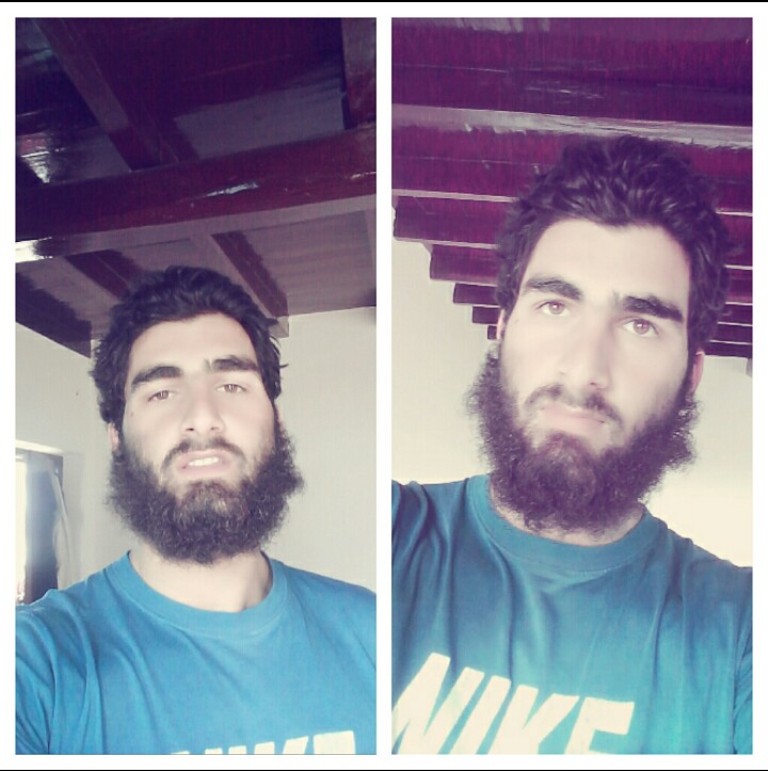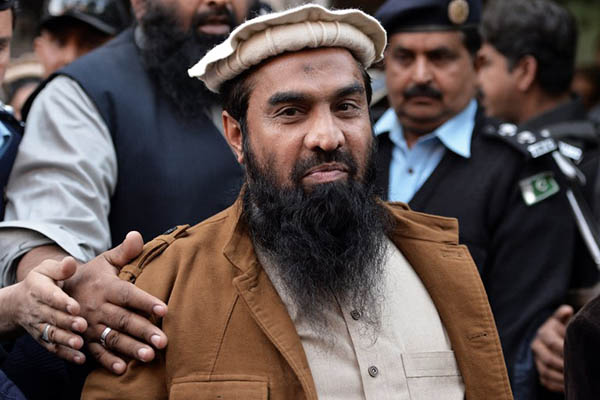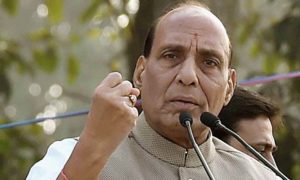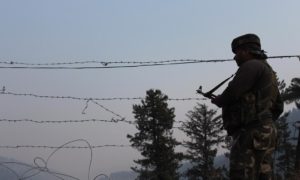As the third Lakhvi member has been reportedly traced in North Kashmir, police fear Hajin’s Nasrullah might act as ‘eyes and ears’ for ‘guest Mujahedeen’ besides a militant catalyst in the area. But what made the 120-odd day insurgent already a prized-scalp is the question that many seem to ask down in Srinagar.
A signature insurgent legend makes Hajin’s Nasrullah a captive tale in his hometown. They knew him as a rash and furious guy before some change turned him into a textbook Muslim. Then, they—his family, friends—say, he figured on police radars and suffered from repeated torture. In police lockup once, his long beard was “plucked off”, they say, leaving him shattered and sullen. Such hounded incidents eventually forced him to take up arms and become an insurgent.
Today 21-year-old Lashker-e-Toiba (LeT) militant Nasrullah Nazir Mir is a familiar name in Hajin town. The blonde boy who had nothing non-sense about him joined militancy in May this year along with another local boy. The move sent his family in a mixed mood of hysteria and happiness.
Hysteria: because his funeral is inevitable, anytime now.
Happiness: because his torturous life has finally come to an end.
“Excessive force used on him by men in uniform forced him to join militancy,” said his father Nazir Ahmad Mir, sitting brooding inside his two-storey house close to Hajin town’s Community Health Center. “He could not bear such a life and eventually braced himself up to become a militant.”
Nasrullah comes from a prosperous family—owning shops, possessing an orchard and paddy fields spread over 100 kanals of land. Such a life however in the face of regular hounding betrayed his world-view.
His ordeal started in 2008-09 when night raids began tailing him. He was named in what his father called a “bogus” FIR case for being a chronic stone pelter. The incarceration that followed changed Nasrullah aka Ana, forever.
Be it elections or any incident of stone pelting in Hajin, Mir said, Ana would be called to the police station for grilling. “This badly derailed his mindset,” said the father who would go to any length to secure his son’s release and to prove his innocence. To manage Ana’s bail once, Mir even sold his 3 kanals of land. But even that didn’t prevent his son’s string of detentions, he frowned. The justice campaign that he spearheaded for his son came at a huge cost.

On the day of his daughter’s marriage, Mir was ruthlessly beaten and jailed for 42 consecutive days. That day, he said, “my son—notwithstanding atrocities—had participated in stone throwing incident in the town.” For forces, the very act however made Ana the incorrigible offender.
At his home, Nasrullah’s mother couldn’t speak a word. Only her silence reasoned with an obvious query: what pushed your obedient son on the fatal path? She is heartbroken, they say—but, equally elated, as her son is far from his torturous life now.
The literature that her son used to avidly read sits on neat shelves wrapped with a white cloth in his room. “He was a freedom and religion loving person,” said his aunt. “We are proud of our son as he never indulged in any evil activities.”
Inside sat Nasrullah’s younger brother. At 19, Waseem Nazir Mir carries a clear head on his shoulders. He recalled the fateful day—the day his brother left home to become an insurgent—with a sense of loss and longing. Nasrullah, he said, left home to offer Friday congregational prayers in the town. It was May 12, 2017.
There was no word of him by dusk that day before a sense of dread gripped the family. “We called him—repeatedly—only to hear that his phone is switched off,” Waseem said. “We tried to enquire about his whereabouts from his close friends. Everyone was clueless.” Even when that dusk stretched over days, Ana was nowhere to be found to the chagrin of his family.
By then the townspeople had already began reading the pattern. Sudden disappearance of boys from their homes across Kashmir these days means the disturbing trend: That they have left home to become insurgents. And that Nasrullah was now a militant was as true as the Kashmir conflict itself.
Days later, Police Station Hajin finally broke the news.
“Your son has joined the militant ranks with another local boy Abid Hamid Mir.”
Not that they weren’t expecting this news, but when it came, it simply shocked them. Ana had finally chosen his path.
Three months later, Nasrullah’s brother in arm, Hamid Mir was gunned down in an encounter at Amargarh Sopore. But Nasrullah is still engaging Indian state in Kashmir. His resolve, said his younger brother, remains unwavering. “Since the day he left home,” Waseem said, “Ana didn’t even contact his family.”
The Mirs of Hajin are ordinary people with commonplace understanding of life. They never wished their son to end up an insurgent. “But the situation around him forced him to join without any second thought,” the father said in a voice partly filled with defiance and partly dread. “I was many a times asked by police to motivate my son for surrender, but how could I do that. Being an insurgent was my son’s decision, not mine.”
In Hajin, Nasrullah’s childhood playmates blame the “brutal torture” that their friend faced at the “hands of police on different times related to false criminal cases” for his rebel forays. For them, Ana is anything but a sensation for his ability to break cordons and search operations at will.
Along with his Pakistani associate Abdullah, Nasrullah was trapped in a cordon and search operation in Hajin’s Vijpora village on Sep 11. But after 14 hours of search, he couldn’t be trapped. Several posters were pasted in Vijpora area few days before when army launched cordon to “neutralise” him, but failed.
Much of Ana’s militant methods is being attributed to his mentor and LeT’s divisional commander, Abu Zargam—under whom he joined the Lashkar. Zargam is somebody who surfaced several times in public rallies in May this year in Hajin. He also reportedly delivered a sermon in Jamia Masjid at Banger Mohalla Hajin recently.

Zaki-ur-Rehman Lakhvi
Under Zargam’s shade, Ana has today become a prized-scalp for cops and their network of informers, carrying a bounty of Rs 15 lakh on his head. The army posters lately pasted in Vijpora gave away the prize.
But what made the four-month-old insurgent the Most Wanted already?
“Being a highly motivated and the only local surviving militant in Hajin belt,” said a senior police officer posted in Hajin, “Nasrullah is a huge threat to the security establishment in the area.” Besides a militant, the officer said, Nasrullah being a local knows every route in the area, “which makes him a perfect guide to Pakistani militants.”
With the third Lakhvi member—Umair alias Osama replacing his elder brother Musaib (killed in an encounter at Hajin in January this year) as new LeT commander in North Kashmir—police now fear that Nasrullah might emerge as the “bigger threat” for them. Umair is the nephew of Lashkar-e-Toiba’s chief Zaki-ur-Rehman Lakhvi.
“Nasrullah can even play an active role in new recruitments,” the police officer said. However, the officer ruled out the police torture behind his militant forays. “For person like him,” he said, “militancy is a matter of conviction than anything else.”
Meanwhile at his home, overwhelmed by emotions, Nasrullah’s father offered something very heartening: “Could you be my son? I’ll adopt you and treat you like my own beloved Ana.” Though the offer was too big and perhaps unreal to be accepted, but that hardly prevented the father to take a parting promise from me, “Visit me again, when my son will achieve martyrdom!”








